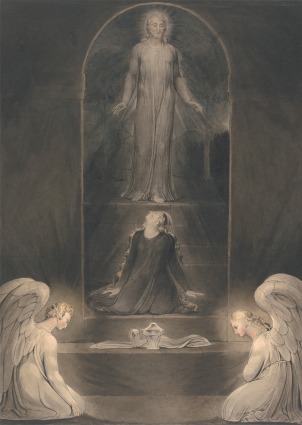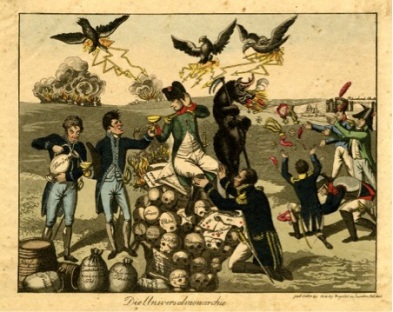From Dr. Christina Ionescu, Associate Professor Modern Languages and Literatures, Mount Allison University:
Dear colleagues,
Leigh G. Dillard and I are engaged in the planning stages of a reader on eighteenth-century book illustration that would encompass various traditions (English, French, German, Spanish, etc.). In order to best position the reader, we would be most grateful if those of you who work on book illustration (and perhaps also teach courses on the subject) could provide some feedback on our preliminary ideas.
You could write to us directly (cionescu@mta.ca and Leigh.Dillard@ung.edu) and we will compile a report for the SHARP list.
1) Would you use such a reader in a course? What type of course would you consider using it in? Would your library be interested in purchasing it?
2) Do you have any suggestions about its contents? Any specific texts that you believe should be included? Any translations of seminal texts that we should commission?
This is what is currently on our list:
i) some relevant excerpts from nineteenth-century texts (Dibdin, the Goncourt brothers, etc.)
ii) some reprints/translations of key chapters from important 1980s/1990s studies on eighteenth-century book illustration (Hodnett, Ph. Stewart, etc.)
iii) theoretical approaches to book illustration as it pertains to the chosen timeframe (e.g. book illustration and word and image, book illustration and book history, book illustration and visual culture, etc.)
iv) the mechanics of book illustration (etching, woodcut, copperplate engraving, frontispieces, colour plates, etc.)
v) illustrators (Stothard, Marillier, Chodowiecki, Gravelot, Hogarth, Cochin, etc.)
vi) genres (illustrated travelogues, gothic novels, sentimental fiction, erotica, etc.)
vii) examples of eighteenth-century illustrated bestsellers (The Sentimental Journey, La Nouvelle Héloïse, etc.)
viii) overviews by geographical region (illustration in England, France, Spain, etc.)
3) Would you be interested in contributing a chapter? (The deadline for submission of chapters will likely be December 2016.)
Many thanks,
Christina and Leigh




